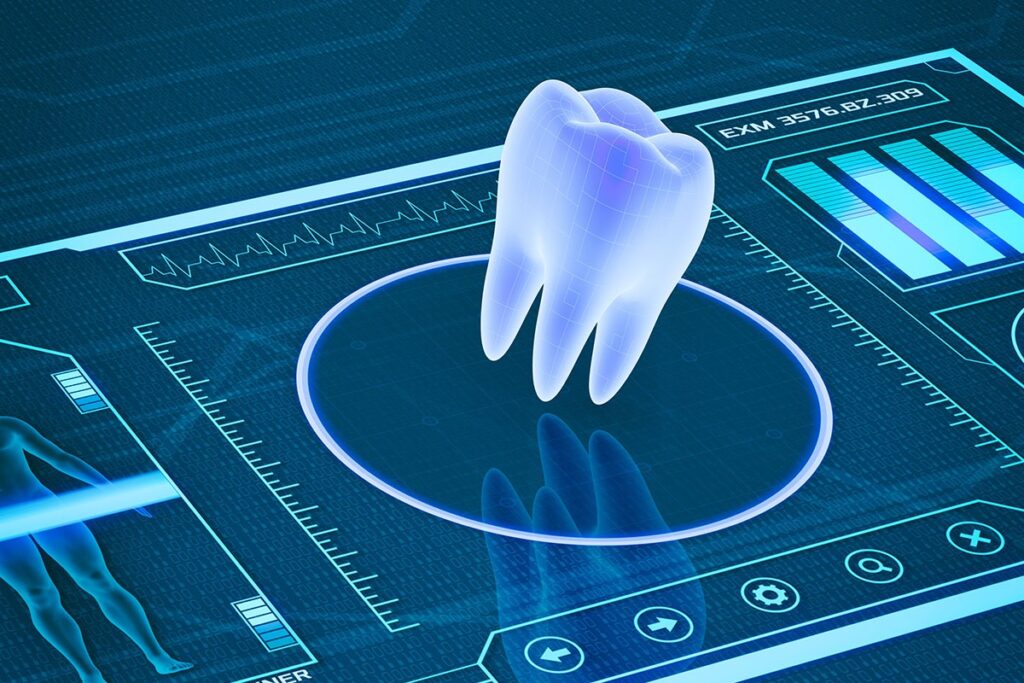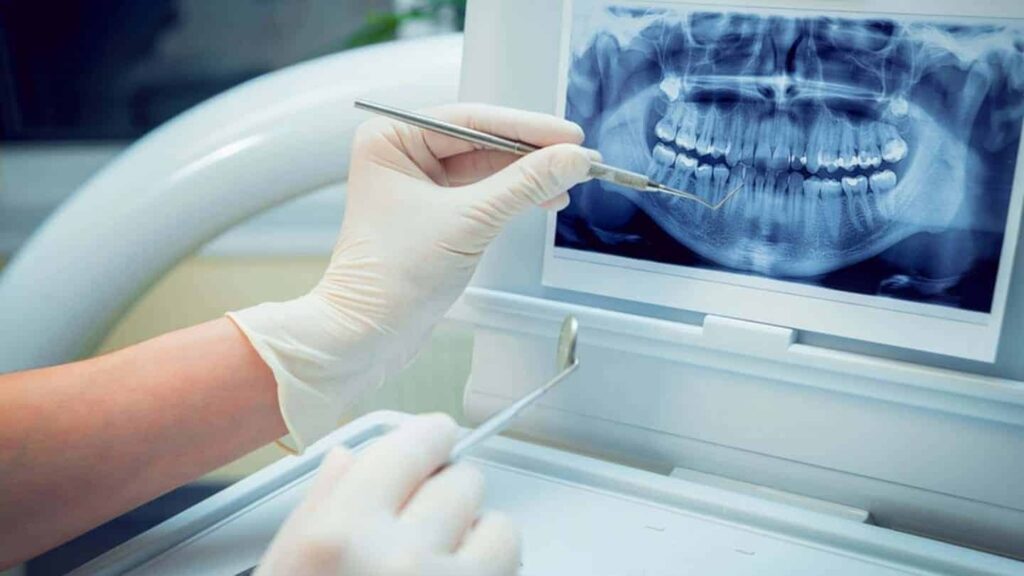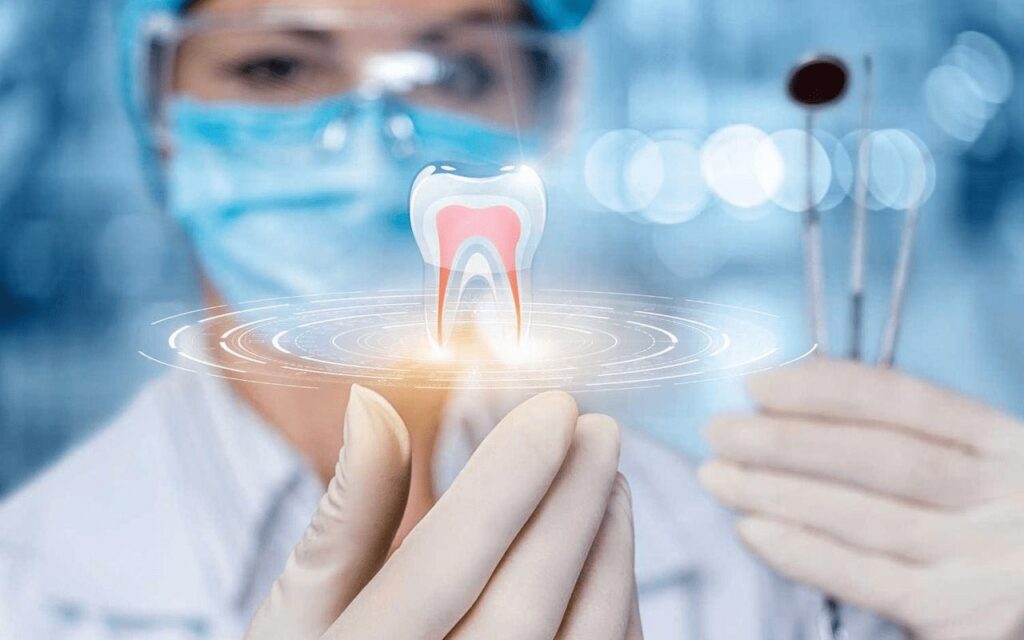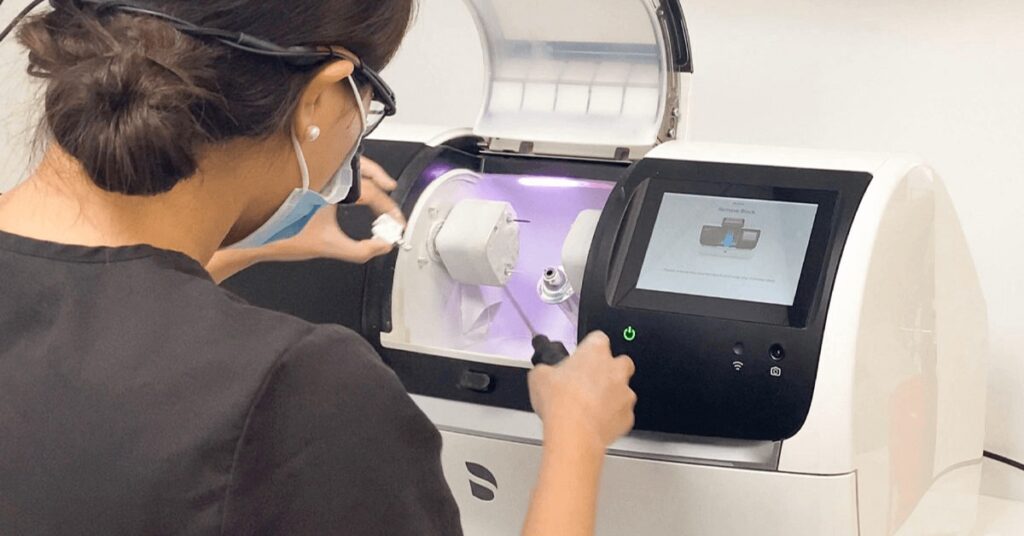When you step into the surgery first thing Monday morning, the lights come up, your hygiene team is checking the day’s schedule, and a new patient is waiting for their scan. You can feel it already: there’s no room for friction.
Every minute counts. That’s why this article focuses on how to streamline your dental workflow with smart solutions. You’ll find both practical ideas and grounded insight.
Not just what to buy, but how these changes improve the way you work, communicate, and care for your patients.
Why workflow matters (and where time slips away)

Let’s start with what most practices experience daily. You might be juggling multiple chairs, deep in a complex treatment, while also trying to keep hygiene recalls running smoothly. Small inefficiencies add up quickly.
If your software takes too long to load, if your scanner requires too many steps, or if lab communication breaks down, those minutes accumulate. Smart digital solutions can reverse that pattern by simplifying coordination, minimizing errors, and freeing up time for actual patient care.
Technology is not a replacement for your clinical expertise or empathy; it’s a support system. How you integrate it into your routine determines the real outcome.
Build the foundation: mapping your workflow end to end
Before adopting any tool, it’s worth mapping the entire patient journey, from booking the appointment to post-treatment follow-up. Think of it like a production line in a kitchen: if one ingredient is delayed, the entire dish waits.
| Workflow stage | Common friction | Smart-solution fix |
|---|---|---|
| Appointment booking / triage | Duplicate data entry, unclear patient info | Online scheduling and integrated intake forms |
| Initial examination + scanning | Time lost switching tools | Unified intraoral scanner with instant upload |
| Treatment planning | Lab delays, poor communication | Digital case sharing and CAD/CAM planning |
| Restorative procedure | Impression errors, remakes | Digital impressions with real-time verification |
| Post-treatment and follow-up | Missed reminders, scheduling gaps | Automated recall system with patient portal |
Platforms such as Trust AI help clinics use automation that works alongside the team rather than replacing it. These systems remember notes, flag upcoming scans, and support the rhythm of care without disrupting it.
Did you know? Clinics using digital workflows often report up to 38% faster procedure times compared to traditional methods. That kind of improvement translates into less stress and more attention for patients.
Smart solutions that make the difference

Digital upgrades have the biggest impact when applied strategically. Let’s look at three areas where smart tools can truly reshape a clinic’s daily rhythm.
Imaging and scanning: getting the data right
Switching from traditional impressions to a reliable intraoral scanner can transform your appointments. A good scanner acts like a quiet assistant that never misses a surface and integrates data automatically. The real efficiency comes not just from speed, but from consistency. When your team can capture, review, and send a scan in minutes, turnaround times shrink and patient experience improves.
Software integration: your digital backbone
Once data is captured, workflow depends on how well your software connects it all. The best systems allow you to open a patient’s file instantly, review their scan, send a case to the lab, and record notes without switching screens. Integration creates a smoother rhythm for both clinical and administrative work.
Sub-note: Interoperability matters. Your software should communicate seamlessly with lab systems and imaging platforms. When information flows freely, your entire practice runs with less friction and fewer errors.
Team workflow support: the human factor

Technology only works if your team does too. Even the best systems fail without coordination and shared understanding. Small actions keep the human side strong:
- Hold quick weekly check-ins about tool use and upcoming cases.
- Create short visual guides for recurring tasks such as scanning or lab submissions.
- Celebrate efficient moments, like when a case is completed without retakes.
Those habits keep morale high and reinforce confidence in the workflow.
Before and after: how efficiency feels
Here’s how the difference looks once smart systems are in place.
| Before | After |
|---|---|
| Multiple clicks to open patient files | Files and scans available instantly |
| Two-week lab turnaround for impressions | Same-day lab submissions |
| Second visits required for restorations | Fewer patient visits per case |
| Gaps in communication between team and lab | Clear communication and shared visibility |
| Constant pressure to catch up | A calmer schedule and better patient engagement |
When that transformation happens, you can feel it, smoother teamwork, predictable days, and more focused patient care.
Getting started: implementation checklist
To integrate smart dental solutions effectively, approach the process step by step.
- Map your current workflow and highlight 2-3 bottlenecks.
- Assign one targeted improvement for each issue, such as upgrading scanners or optimizing scheduling software.
- Dedicate short weekly sessions for team training and evaluation.
- Track one measurable outcome, such as average chair time or lab turnaround.
- Expand gradually once the first system proves effective.
- Keep communication open about why each change matters, less stress, more time for patients, and consistent quality.
Did you know? Practices that adopt complete digital workflows often report better lab coordination, faster prosthetic turnaround, and improved patient satisfaction. These are real, measurable gains, not just convenience upgrades.
The real payoff: a better daily experience
When smart solutions are woven thoughtfully into your workflow, they do more than speed up appointments. They help create a calmer, more organized clinic culture. Instead of racing through forms or searching for files, you spend more time talking with patients and supporting your team.
Every improvement, however small, builds confidence, both for your staff and for the people in your chair. Technology should serve the human side of dentistry, not the other way around. Start with one meaningful upgrade, align your team around it, and observe how your days become smoother and more rewarding.







